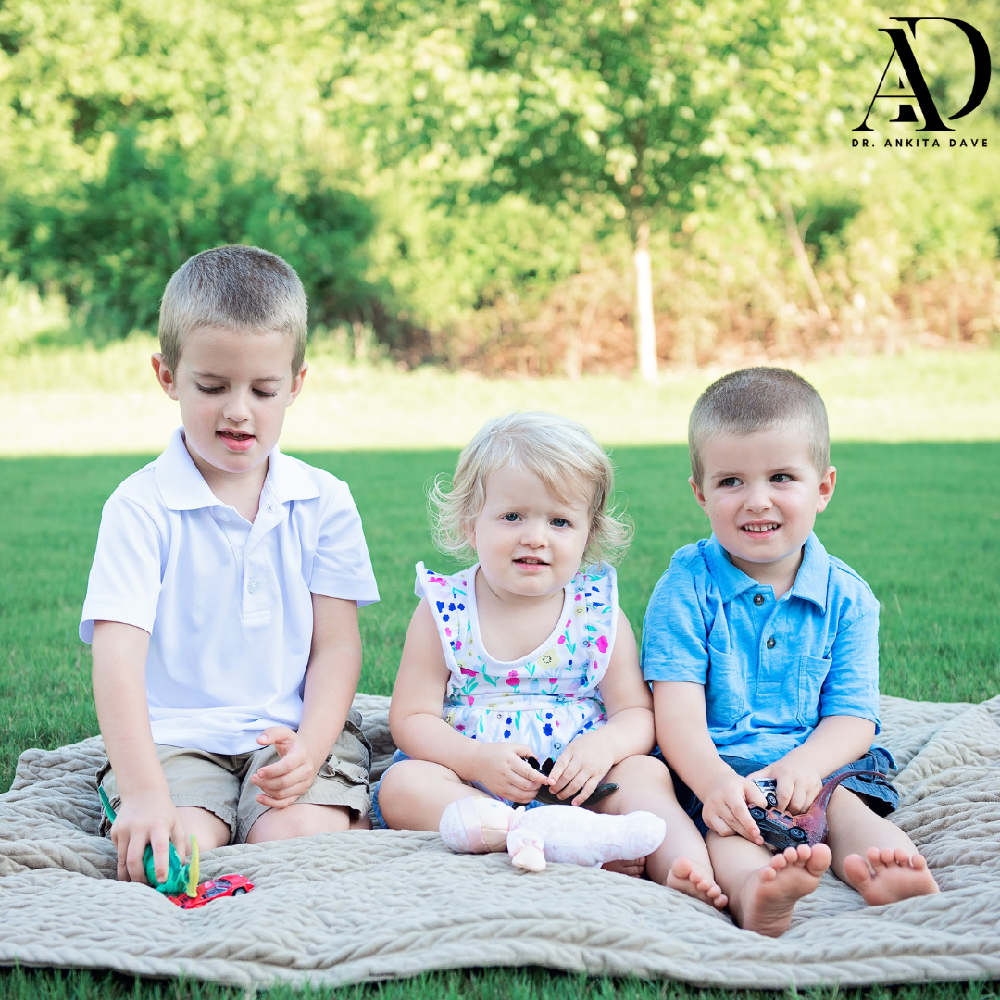Key Developmental Milestones by Age — What to Expect (Without the Stress)


Watching your child grow is kind of magical — one minute they’re a sleepy little bundle, the next they’re clapping, crawling, and calling for snacks 24/7.
But let’s be honest: with all the parenting books, apps, and online charts, it can also feel like a race to hit milestones — and fast. The truth? Every child develops at their own pace. Still, knowing what’s generally expected can help you support their growth — and know when to check in with your pediatrician.
Here’s a warm, down-to-earth guide to key developmental milestones — by age — with zero pressure and lots of encouragement.
👶 0–6 Months: The Wonder Years Begin
Big milestones:
Smiles at you by around 6–8 weeks
Follows objects with their eyes
Lifts head during tummy time
Coos, gurgles, and starts making vowel sounds
Rolls from tummy to back (usually closer to 4–6 months)
What to encourage:
Lots of tummy time
Face-to-face chatting
Simple toys and black-and-white patterns for tracking
💡 Red flag: If your baby isn’t smiling or making eye contact by 3 months, bring it up with your pediatrician.
🍼 6–12 Months: Movers, Shakers & Babblers
Big milestones:
Sits up without support
Rolls both ways
Starts crawling (or scooting/army crawling — it counts!)
Picks up objects with thumb and finger (pincer grasp)
Babbling turns to “mama” and “dada” (even if it’s not always about you!)
Pulls to stand and may cruise along furniture
What to encourage:
Safe space for movement
Simple games like peekaboo
Talking, singing, reading — language is blooming!
💡 Red flag: If your baby isn’t babbling, sitting up, or showing interest in people or objects by 9 months, talk to your doctor.
🚶 12–24 Months: First Steps & Big Feels
Big milestones:
Walks independently (anywhere from 9 to 18 months is normal)
Points to show interest or ask for something
Uses a few words meaningfully
Begins pretend play (like feeding a stuffed animal)
Follows simple instructions like “Come here” or “Give me the ball”
What to encourage:
Lots of encouragement (not correction) with new words
Open space for walking safely
Narrate your day to build language skills
💡 Red flag: No words by 18 months or no pointing/gesturing by 15 months? Bring it up at the next visit.
👧 2–3 Years: Talking, Learning, Testing
Big milestones:
Uses 2–4 word phrases
Follows two-step directions
Begins to play with (not just next to) other children
Shows defiance (“No!” becomes a favorite word)
Climbs, runs, and kicks a ball
What to encourage:
Simple choices (“Do you want the red cup or blue?”)
Playdates or parallel playtime
Naming emotions and modeling calm responses
💡 Red flag: Not putting two words together by age 2, or having very limited speech — time for an early intervention chat.
🏫 3–5 Years: Independence & Imagination
Big milestones:
Speaks in full sentences by age 4
Understands time concepts like “later” or “tomorrow”
Plays cooperatively and shares (most of the time)
Draws shapes, uses scissors, starts writing letters
Can dress and undress with minimal help
Asks lots (and we mean LOTS) of questions
What to encourage:
Pretend play and storytelling
Problem-solving during play (e.g., block towers falling)
Letting them try tasks independently
💡 Red flag: If your child avoids eye contact, has very limited speech, or doesn’t engage in pretend play by age 3–4, talk to your pediatrician.
🧠 Final Thoughts: Every Child Blooms in Their Own Time
Development doesn’t follow a straight path — and that’s okay. One child might be talking up a storm before walking, while another climbs before they say “mama.”
The most important thing? Keep showing up with love, patience, and curiosity. Celebrate progress, even if it’s slow. And if something feels off, trust your instincts — early support can make a big difference.
You’re not just watching milestones. You’re witnessing your child become themselves. And that’s the real magic.
 (5).png)
 (7).png)
